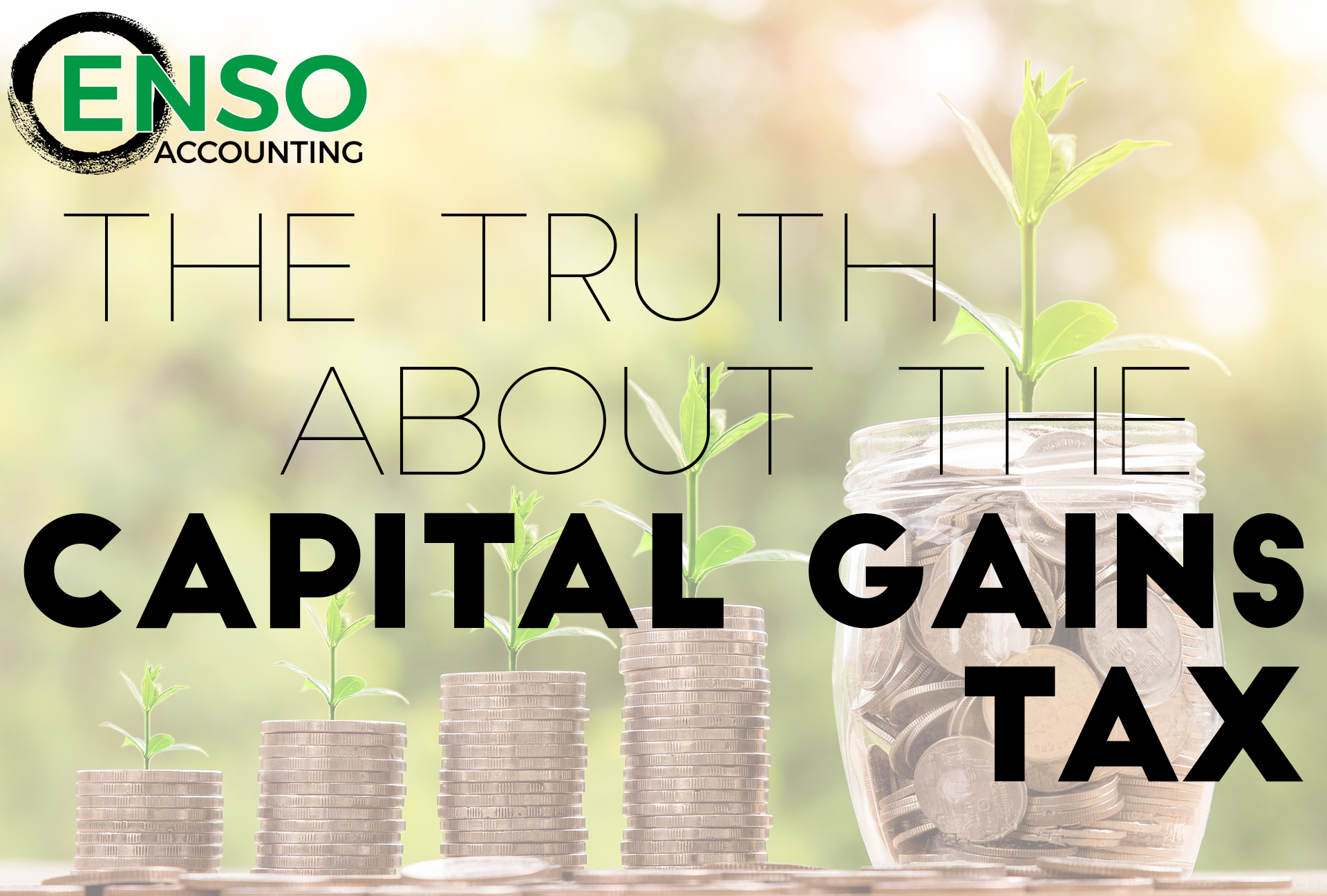The capital gains tax has been in the news recently as the latest target of tax reform. You’ve probably heard a lot about it, but do you really know how it works? Most people don’t unless they’ve personally been subject to this tax (and millions of Americans haven’t). At some point in the future, you may have to deal with it—along with the proposed changes they’re discussing. So, today we’ll help you plan by covering the basics.
What are “Capital Gains”?
This is easily explained with an example. Let’s say you bought stocks in 2008, which have performed well since then. If you bought them for a total of $1,000 and they’re now worth closer to $10,000, then the difference is your capital gain. Essentially, it’s your profit, once you subtract the initial cost from the current value. This amount is what’s affected by the capital gains tax. It’s not just stocks that are involved, though. This can include cars, real estate, boats, and other collectible items.
How are they taxed?
Well that depends. How much income do you make? How long did you hold onto these investment pieces? These factors, plus your filing status, will determine your effective tax rate. For short-term investments(those lasting one year or less), your gain is usually taxed as normal income. So, whatever tax bracket you’re in, that’s how much you’ll pay on your capital gains. If you can hold onto it a little longer, you can potentially see the savings of a long-term capital gains tax. After the one-year mark, you can enjoy lower tax rates ranging anywhere from 0% to 20%. (Although those at higher income levels could pay an additional 3.8% known as the net investment income tax.)
You can mitigate this exposure to some extent with the help of an experienced tax professional like those at ENSO Accounting. We can advise you on your individual investments and work to balance your profits and losses within the same tax year. Thus, if you gain $10,000 from one investment and lose $5,000 from another, you’ll only be expected to pay the capital gains tax on the difference of $5,000. However, if you’ve exceeded your loss limit for the year, we may be able to roll some over to the next tax year. Other options include rebalancing your dividends (as opposed to reinvesting them) or putting the money you receive back into tax-advantaged accounts like IRAs and 529 options.
Most people don’t encounter this particular tax when selling their homes since your primary residence isn’t usually counted as a real estate investment. If you buy a property and want to protect it from capital gains taxation, then you have to live in for at least 2 years within the 5-year period you own it (before you sell). Keep in mind, you can only use this exclusion in a one-at-a-time fashion within those 5 years, so pick the property that makes the most sense.
What are the proposed changes?
The problem with calculating capital gains is inflation. Economists and politicians argue that the difference (especially for long-term investments) isn’t entirely profit. Inflation could account for some of the increase, meaning it shouldn’t be taxed. The current administration is talking about ways to lower this particular tax without blowing the federal budget completely. At this point, it’s all just a discussion. At ENSO Accounting, we’ll stay on top of the tax reform conversations, so you don’t have to! We’ll let you know if anything regarding the rules on capital gains taxation changes. We can also work with you throughout the year to create a plan for your income that gives you more time and options when it comes to this topic. Give us a call today to get started!




